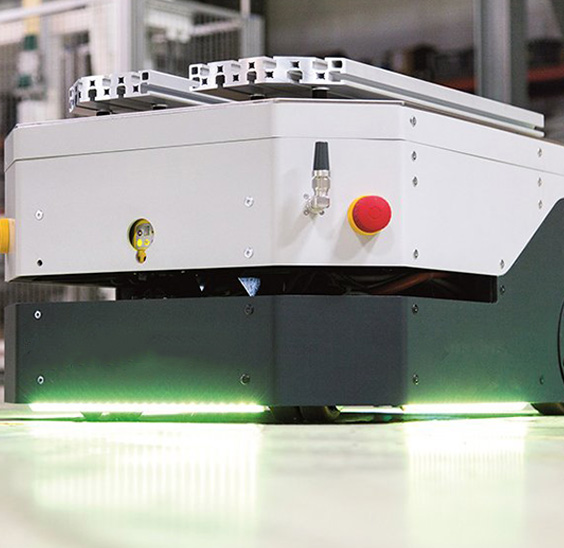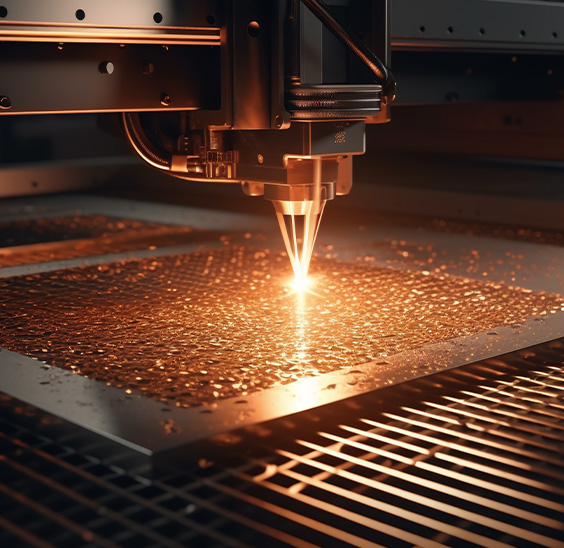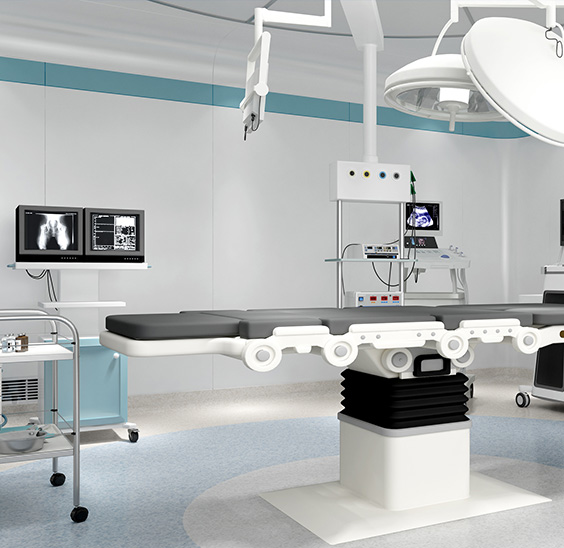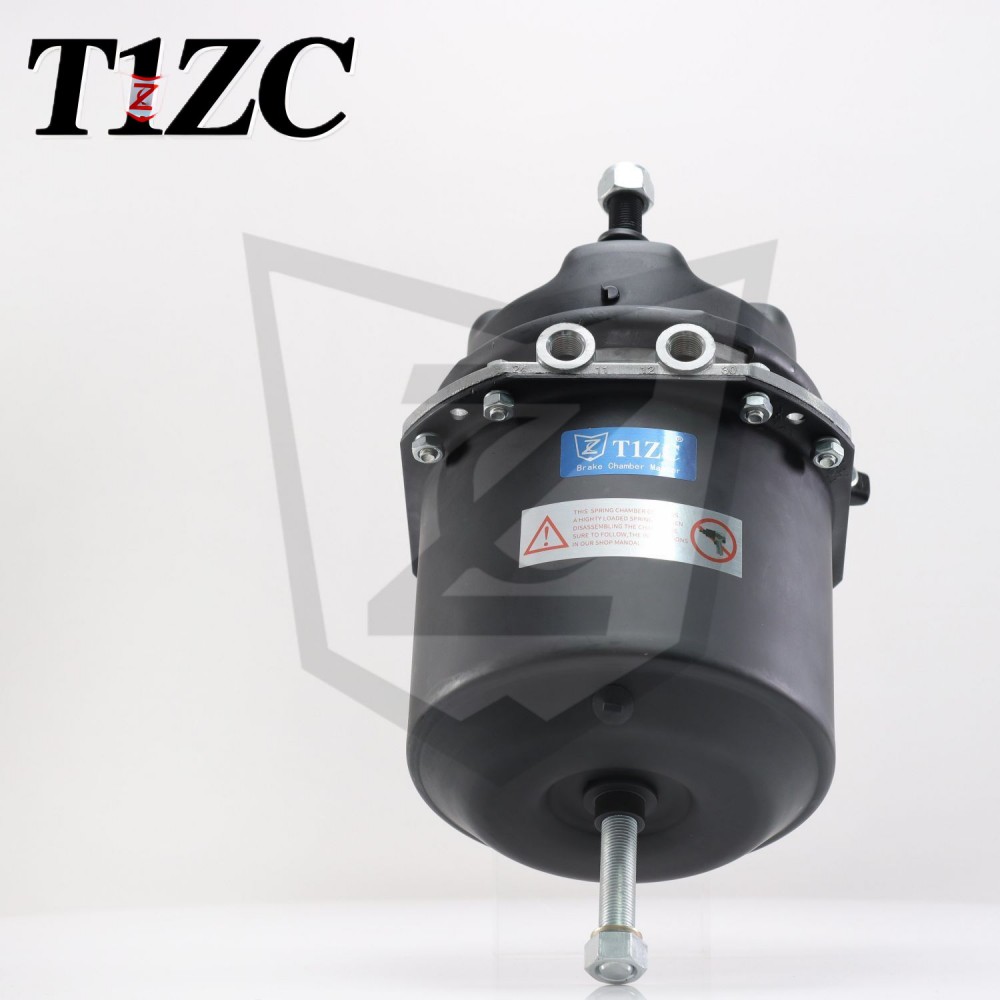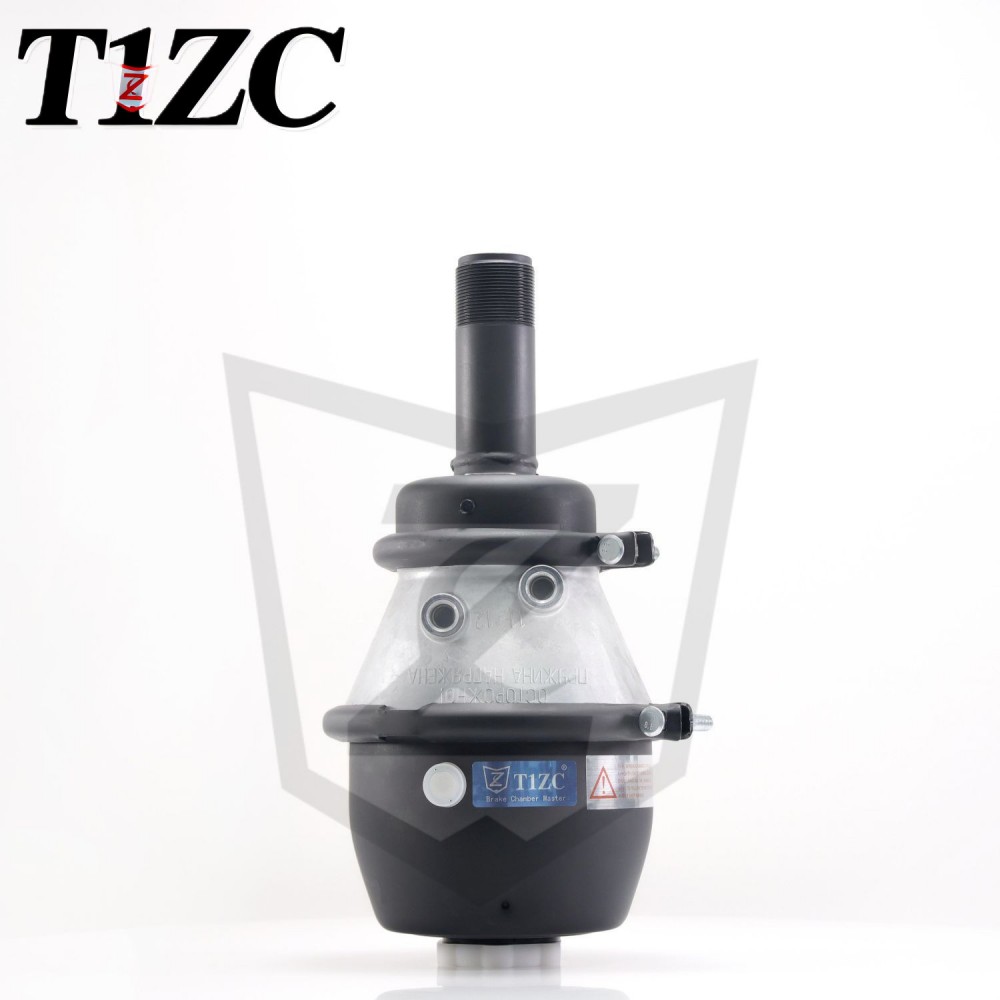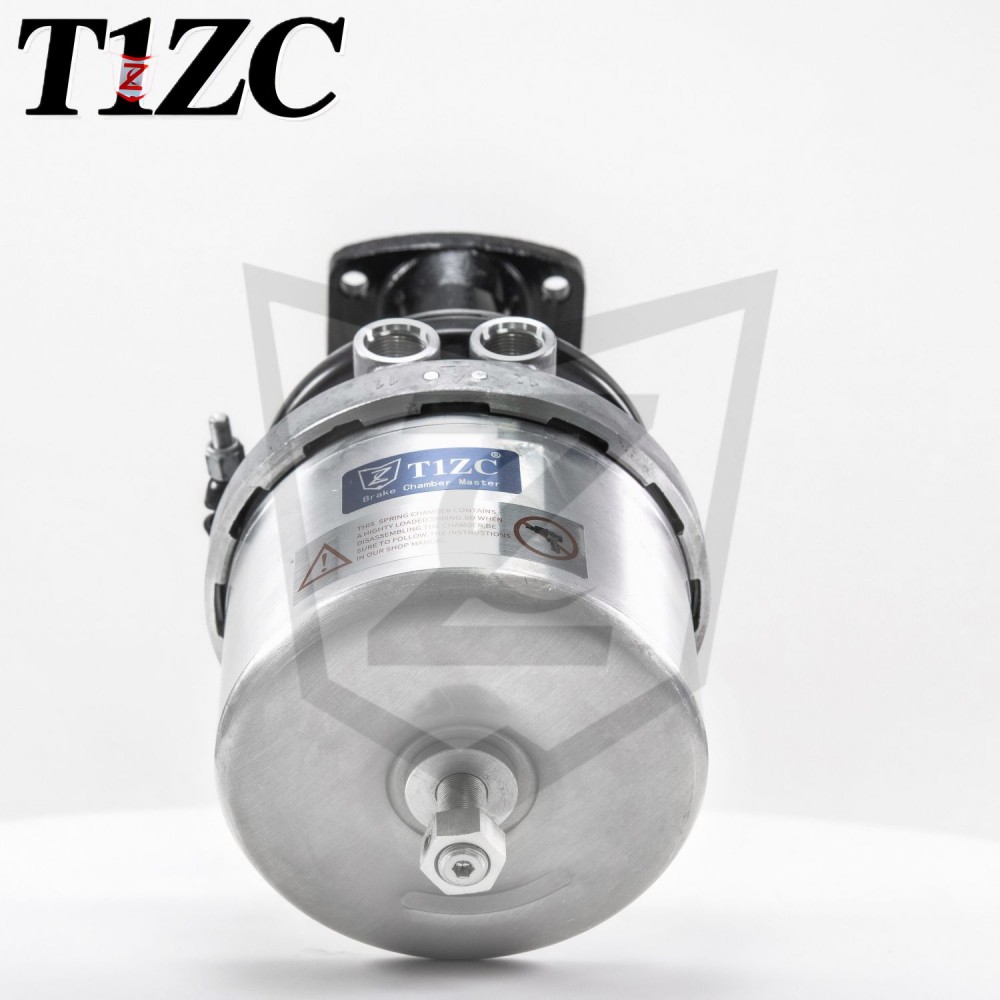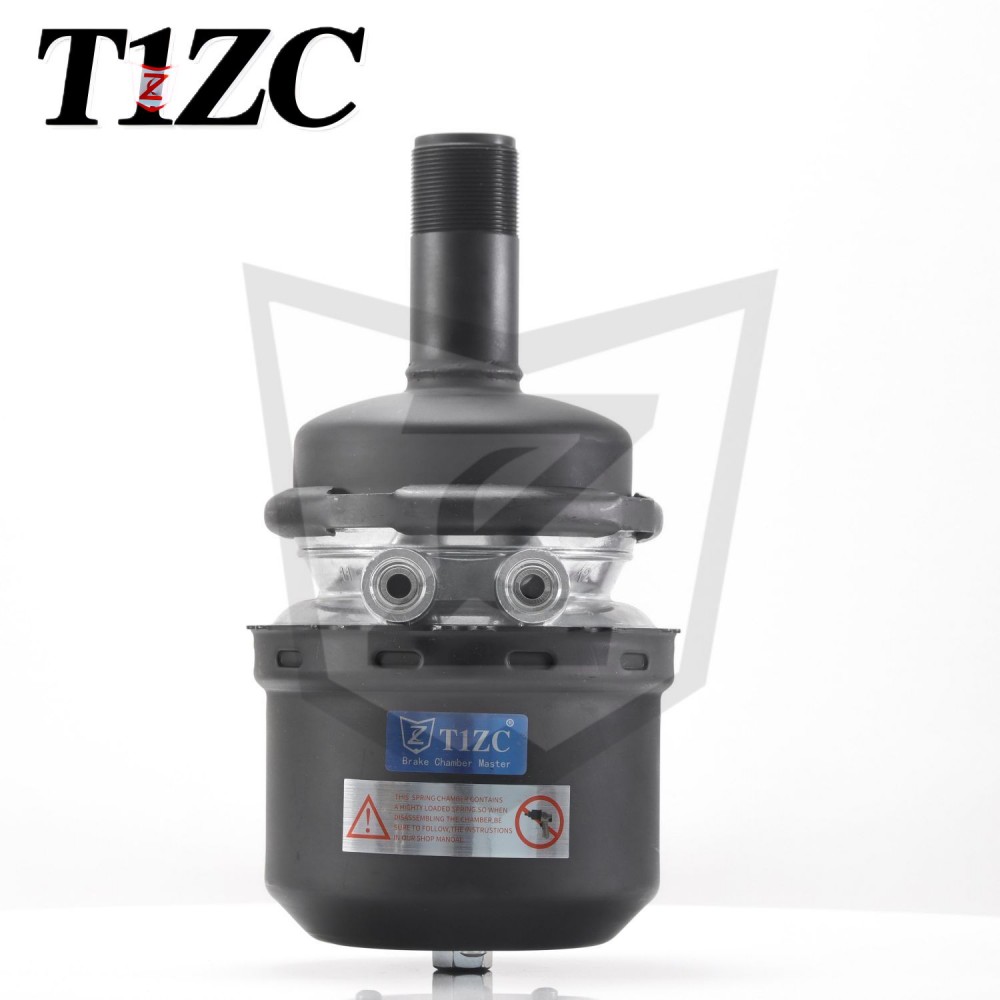What safety risks come from a faulty brake chamber?
In the complex ecosystem of commercial vehicle safety, the brake system is the undisputed cornerstone. While components like pads and rotors often receive more attention, the brake chamber plays a critical, non-negotiable role as the actuator that converts air pressure into mechanical force to stop the vehicle. A faulty brake chamber does not merely represent a maintenance issue; it constitutes a direct and severe threat to safety on the road.
The Core Function: How a Brake Chamber Works
To understand the risks, one must first understand the function. In an air-braked system, when the driver presses the brake pedal, compressed air is directed to the brake chamber. The air pressure pushes against a diaphragm inside the chamber, which then moves a push rod. This push rod mechanically actuates the slack adjuster, turning the brake camshaft and ultimately forcing the brake shoes or pads against the drum or rotor. There are two primary functions: the service brake for normal stopping and the spring brake for the parking/emergency system.
Primary Safety Risks of a Faulty Brake Chamber
A malfunctioning brake chamber can fail in several ways, each leading to distinct and dangerous outcomes.
-
Complete Brake Failure: The most catastrophic risk is a total loss of braking power. This can occur if the diaphragm inside the brake chamber ruptures. A ruptured diaphragm allows compressed air to escape, meaning no pressure can build up to actuate the push rod. If this happens to a service brake chamber while the vehicle is in motion, that wheel loses all braking ability.
-
Inoperative Parking or Emergency Brake: The spring brake section of a brake chamber contains a powerful spring held back by air pressure. If this part of the chamber fails or if there is a significant air leak in the system, air pressure is lost, and the spring forcefully expands. This is the parking function. However, if the spring itself becomes fatigued, corroded, or breaks, it may not hold the vehicle stationary. This can lead to a vehicle rolling away unexpectedly, posing a grave danger to personnel and property.
-
Reduced Braking Efficiency and Asymmetric Braking: A leaking brake chamber may not hold pressure effectively. This results in a slower brake application response and reduced force at that wheel. A more dangerous situation is asymmetric braking, where one brake chamber on an axle is functional while the other is faulty. This creates a significant pull to one side during braking, which can cause the driver to lose control of the vehicle, especially when braking hard or on slippery surfaces.
-
Vehicle Rollaway Incidents: As mentioned, a failure in the spring brake section can lead to rollaways. This is a major cause of accidents in loading docks, workshops, and inclines.
-
Compromised Air System Integrity: A leaky brake chamber forces the vehicle's air compressor to work continuously to maintain system pressure. This can lead to excessive moisture buildup (as the compressor runs more frequently) and potential overheating of the compressor, ultimately affecting the entire air brake system's health and reliability.
Types and Applications of Brake Chambers
Understanding the different types helps in identifying application-specific risks.
-
Type 1- Standard Service Chamber: A single-diaphragm chamber used only for service braking. Common on older trucks or as non-drive axle chambers.
-
Type 2- Long Stroke Chamber: Similar in size to Type 1 but designed with a longer stroke to accommodate vehicles with longer push rod travel requirements.
-
Type 3- Spring Brake Chamber (Service and Parking): This is the most common type on modern commercial vehicles. It combines a service chamber (for normal braking) with a spring brake section (for parking/emergency braking) into a single unit. The safety risks associated with this type are dual in nature, involving both service and parking functions.
Comparison: The key difference lies in functionality. A Type 3 chamber integrates both critical safety systems, meaning a single failure point can affect both normal and emergency braking. Disassembly of a spring brake chamber is extremely hazardous due to the high-tension spring and must only be performed by trained professionals using proper tools.
Frequently Asked Questions (FAQ)
Q: What are the visual signs of a failing brake chamber?
A: Visible signs include a cracked or dented housing, significant rust, especially around the clamp band, and a push rod that does not return properly after brake release. Audible signs include a persistent hissing sound of air escaping during brake application or release.
Q: How often should brake chambers be inspected?
A: A thorough inspection should be part of every pre-trip and post-trip inspection mandated for commercial vehicle drivers. This includes checking for air leaks and physical damage. A more detailed inspection by a qualified mechanic should align with the vehicle’s scheduled maintenance intervals.
Q: What should a driver do if a brake chamber failure is suspected while driving?
A: The priority is to maintain control. Gradually slow down using the engine brake and pull over to a safe location as soon as possible. Activate the hazard lights. Do not continue driving, as the situation can worsen rapidly.
Q: Can a brake chamber be repaired, or must it be replaced?
A: Due to the critical safety function and the inherent dangers of the spring brake component, replacement of the entire brake chamber is the standard and recommended practice upon failure. Repair kits exist but are generally not advised for the integrated spring brake chambers.
The brake chamber is a deceptively simple component with life-or-death responsibilities. Its failure modes directly lead to outcomes like complete brake loss, vehicle rollaway, and catastrophic control loss. Rigorous daily inspections, adherence to maintenance schedules, and immediate replacement of faulty units are not just best practices—they are fundamental obligations for ensuring the safety of the driver, the vehicle, and everyone sharing the road. Recognizing the risks associated with a faulty brake chamber is the first step in mitigating them.


 EN
EN  English
English Português
Português
